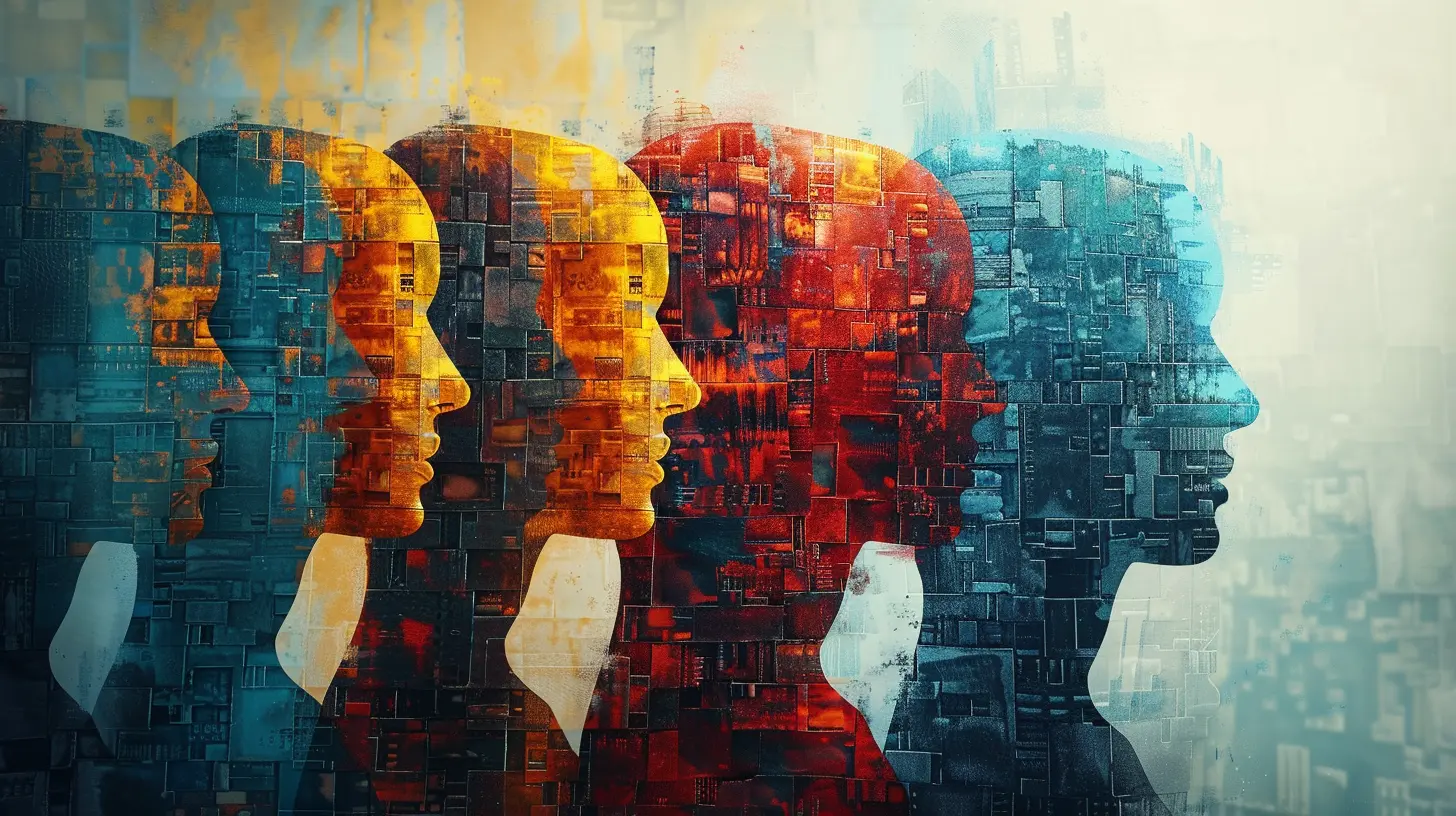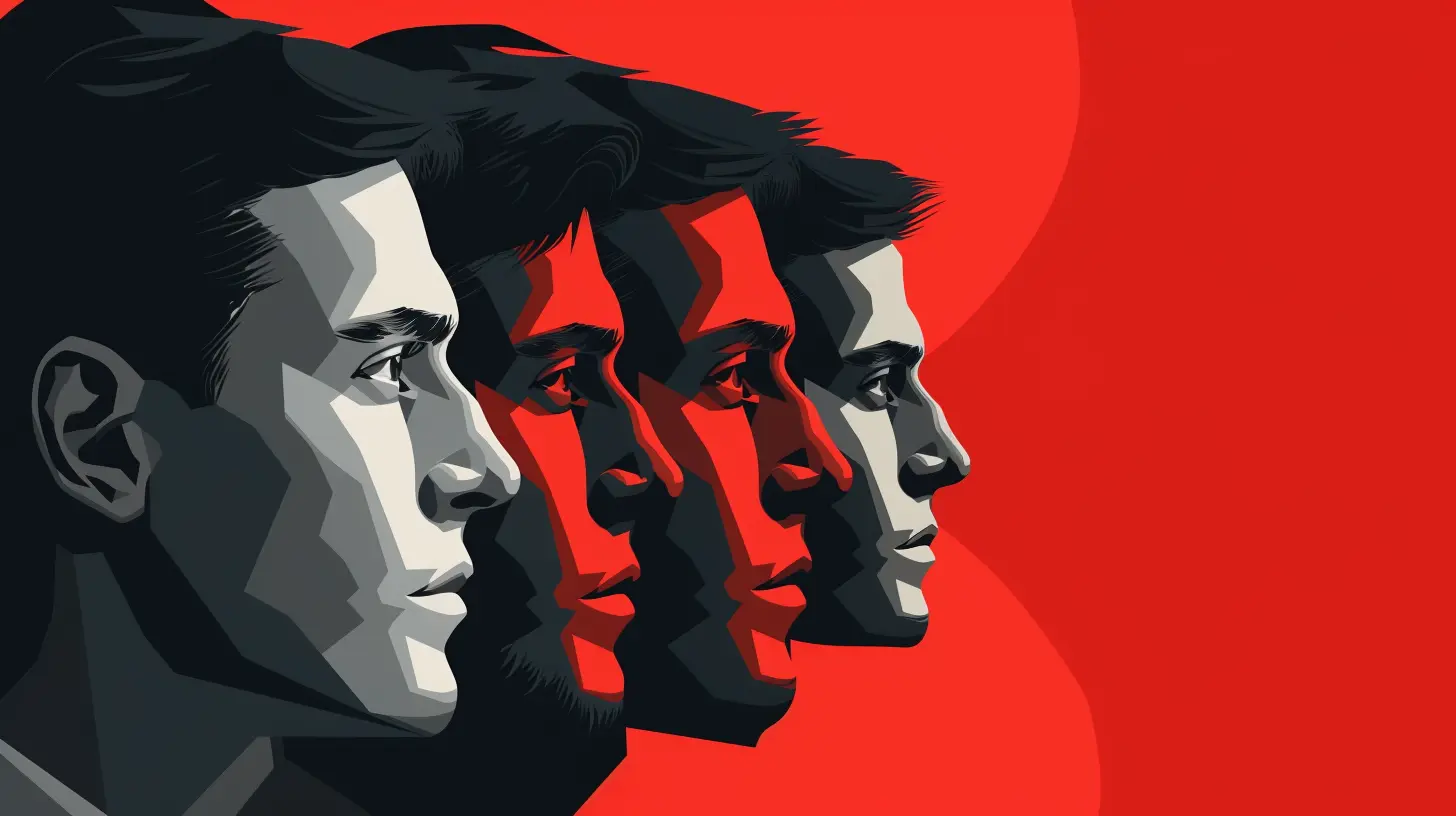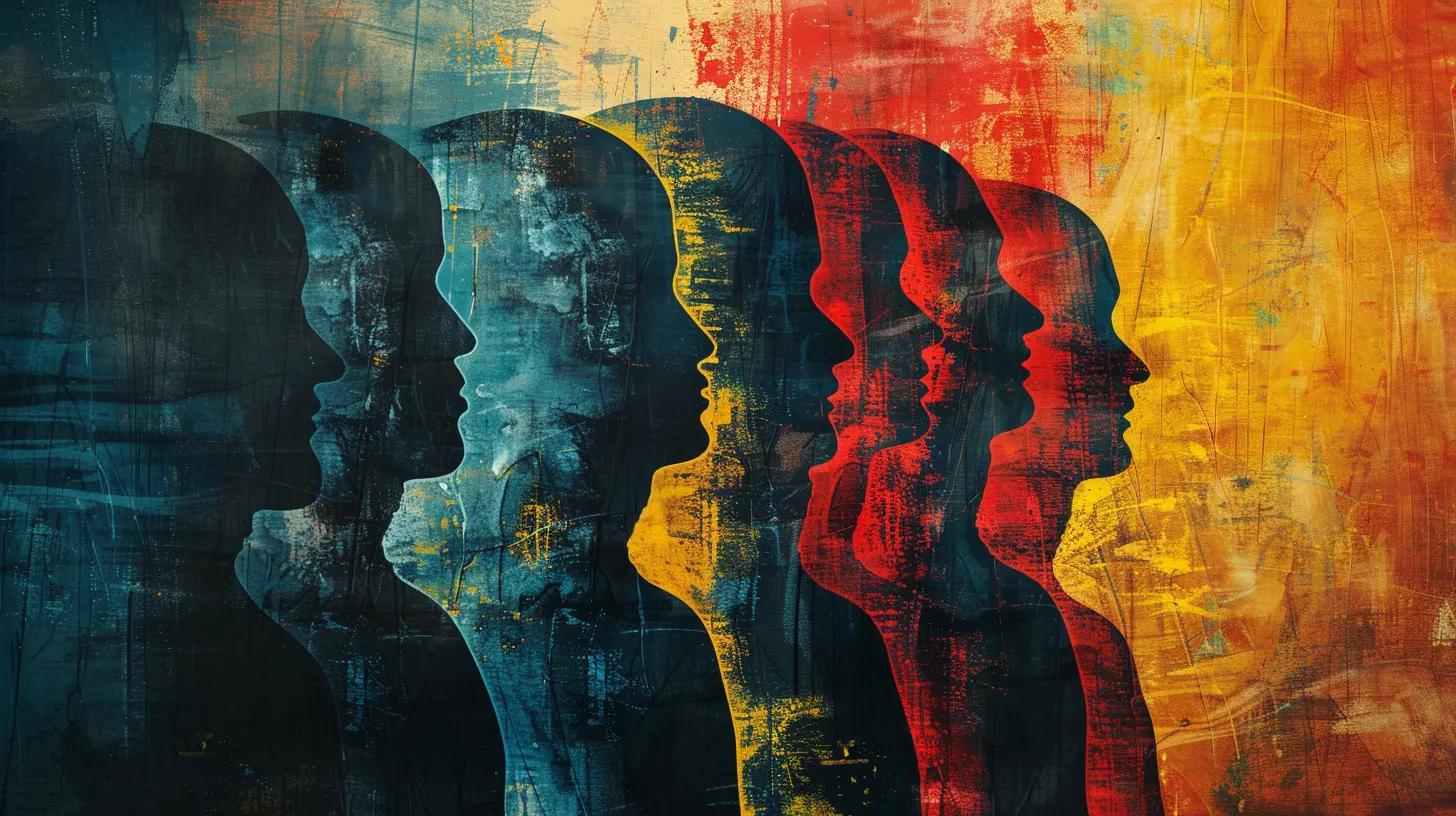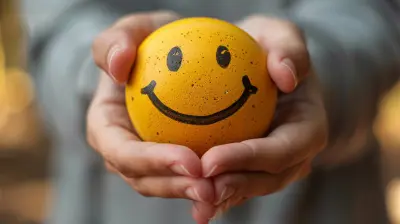The Influence of Stereotypes on Behavior and Perception
21 November 2025
Stereotypes are everywhere. Whether we like it or not, our brains categorize people and situations to make sense of the world. But have you ever stopped to think about how these mental shortcuts shape our behavior and perception? The truth is, stereotypes don’t just influence the way we see others—they can also affect how we see ourselves and how we act in everyday situations.
In this article, we’ll break down the psychology behind stereotypes, how they influence behavior, and why they can be so hard to shake. 
What Are Stereotypes?
Stereotypes are widely held beliefs or assumptions about a particular group of people. They can be based on race, gender, age, occupation, nationality—you name it. While they sometimes contain a grain of truth, they are often overly simplified and generalized, leading to inaccurate or unfair judgments.For example, the stereotype that "women are bad at math" has no scientific basis, yet it has been ingrained in society for generations. Similarly, the belief that "all elderly people are forgetful" ignores the variance in cognitive abilities among older adults.
Stereotypes can be both positive and negative, but even positive ones can be harmful. For instance, assuming that "all Asians are good at math" might sound like a compliment, but it can create unrealistic expectations and undue pressure. 
The Psychology Behind Stereotypes
Why do stereotypes exist in the first place? The human brain is wired to categorize information quickly, and stereotypes help streamline this process. Psychologists refer to this as social categorization—a cognitive shortcut that allows us to process vast amounts of information with minimal effort.However, these mental shortcuts come at a cost. When we rely on stereotypes, we don’t see people as individuals; instead, we judge them based on preconceived notions. This can lead to implicit bias, where we unconsciously favor or discriminate against certain groups without realizing it.
The Role of the Confirmation Bias
Another key psychological factor at play is confirmation bias. This is the tendency to seek out and remember information that supports our existing beliefs while ignoring evidence that contradicts them.Let’s say you believe that "teenagers are irresponsible." If you see a teen acting recklessly, it reinforces your belief. But if you come across a responsible and mature teen, you might dismiss it as an exception rather than reconsidering your stereotype. 
How Stereotypes Influence Behavior
Stereotypes don’t just shape our perceptions—they can also influence how people behave. When individuals are aware of stereotypes about their group, they may unconsciously conform to those expectations. This phenomenon is known as stereotype threat.Stereotype Threat: A Self-Fulfilling Prophecy
Stereotype threat occurs when individuals fear confirming a negative stereotype about their group, which ironically affects their performance.For example, studies have shown that when women are reminded of the stereotype that "women are bad at math" before taking a math test, they tend to perform worse than those who aren’t reminded of the stereotype. Their anxiety and self-doubt interfere with their ability to perform at their full potential.
Similarly, African American students who are reminded of racial stereotypes before an exam tend to score lower than when the stereotype is not emphasized. This illustrates how stereotypes can become self-fulfilling prophecies, holding people back from reaching their true capabilities.
The Impact on Social Interactions
Stereotypes also affect how we interact with others. If you hold a stereotype about a particular group, you might unconsciously treat them in ways that reinforce those biases.For instance, if an employer believes that older workers are less adaptable to change, they might pass over a qualified senior candidate for a tech-related job, assuming they won’t be able to keep up with new trends. The result? Missed opportunities for the candidate and a reinforcement of the stereotype when older employees are disproportionately excluded from tech roles.
On the flip side, people who are stereotyped may internalize those beliefs, leading to imposter syndrome—doubting their abilities and feeling like they don’t belong in certain spaces. 
The Role of Media in Reinforcing Stereotypes
One major force behind the persistence of stereotypes? The media. From movies and TV shows to news coverage and advertising, stereotypes are often reinforced in the stories we consume.- Hollywood Tropes: Many films and TV shows rely on stereotypical characters for convenience—think of the "nerdy Asian," the "sassy Black woman," or the "ditsy blonde." These portrayals shape how we view different groups, often reducing them to one-dimensional caricatures.
- News Bias: Media coverage can also contribute to stereotypes. For example, if crimes committed by certain racial groups are disproportionately highlighted in the news, it can create the false perception that members of that group are more prone to criminal activity.
- Advertising: Marketing campaigns often reinforce gender stereotypes—think of commercials that show women as homemakers and men as breadwinners. These images influence our subconscious beliefs about gender roles from a young age.
The more we see these stereotypes in media, the more likely we are to internalize them—whether we realize it or not.
Overcoming the Influence of Stereotypes
So, if stereotypes are so ingrained in our minds and society, can we ever break free from them? The good news is, yes! But it takes awareness and effort.Challenge Your Own Biases
The first step to overcoming the influence of stereotypes is to recognize them within yourself. Ask yourself:- Do I hold any assumptions about certain groups of people?
- Where did these beliefs come from?
- Are they based on facts or societal narratives?
Once you become aware of your biases, you can actively work to question and challenge them.
Seek Out Counter-Stereotypical Information
One of the best ways to combat stereotypes is by exposing yourself to diverse perspectives. Read books, watch documentaries, and follow social media accounts that challenge traditional narratives.For example, if you have an unconscious belief that women are less suited for leadership roles, follow female CEOs and entrepreneurs who defy that stereotype. The more you see real-life examples that contradict stereotypes, the harder it becomes to hold onto them.
Encourage Media Literacy
Since the media plays a huge role in reinforcing stereotypes, it’s crucial to develop media literacy—the ability to critically analyze the messages we consume.Before accepting something at face value, ask:
- Who created this message, and what is their intent?
- What stereotypes (if any) are being reinforced?
- How might this portrayal influence public perception?
By becoming more aware of how media shapes our views, we can make conscious efforts to reject inaccurate or harmful stereotypes.
Promote Inclusive Environments
Stereotypes thrive in environments that lack diversity. Whether it’s in schools, workplaces, or social circles, fostering inclusivity can help break down barriers.Engaging with people from different backgrounds allows us to see individuals for who they really are, rather than relying on generalized notions. This not only reduces stereotypes but also creates more meaningful and authentic relationships.
Final Thoughts
Stereotypes are deeply embedded in our culture and psychology, influencing how we perceive and behave toward others. While they may serve as cognitive shortcuts, they often lead to bias, discrimination, and missed opportunities.By challenging our own biases, seeking diverse perspectives, and promoting inclusivity, we can actively work toward a world where people are judged for who they are, not for the labels society assigns them.
Next time you catch yourself making a snap judgment about someone, pause and ask yourself—am I seeing the person, or just the stereotype?
all images in this post were generated using AI tools
Category:
Human BehaviorAuthor:

Jenna Richardson
Discussion
rate this article
1 comments
Bennett Spencer
Stereotypes are like sticky notes on our brains—annoying and hard to shake off. It's time to peel them away and see people for who they really are, not just as labels. Let's get bold and break those mental barriers!
November 21, 2025 at 3:45 PM


